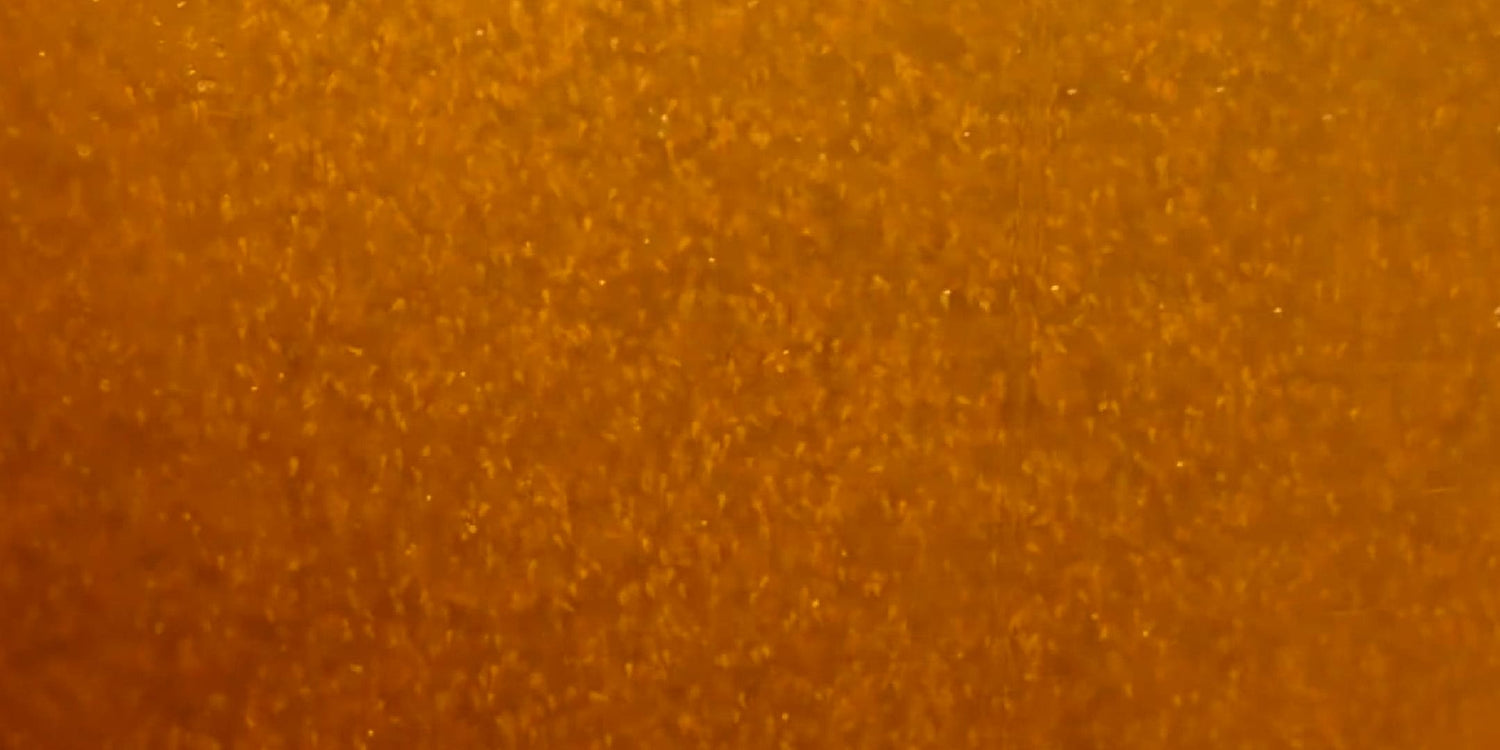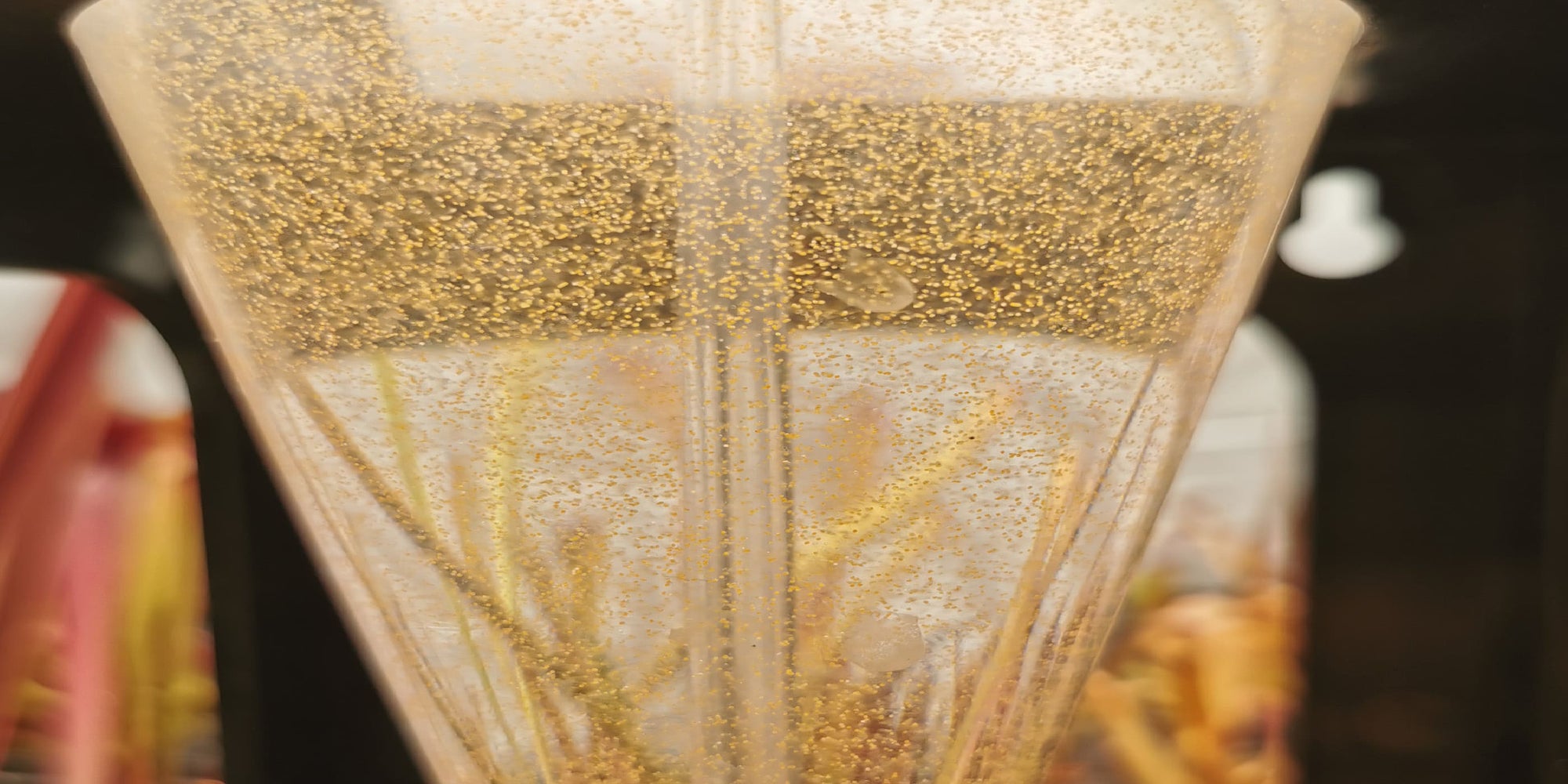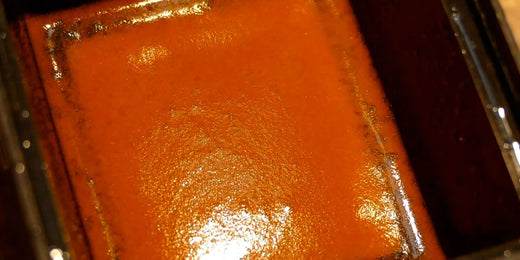How quickly do Artemia eggs hatch?
Artemia hatch within 24 to 30 hours under optimal conditions. This refers to when the total number of nauplii has hatched. The first nauplii can hatch as early as 8 hours after the start of incubation.
How can you influence the hatching time?
Especially when there is an unexpectedly high production of fish larvae, the timing has to be right. It is therefore important to know how to hatch Artemia eggs particularly quickly. How quickly Artemia eggs hatch depends on factors such as temperature, salinity, salt composition and the previous history of the eggs . The following table shows the hatching time as a function of temperature and salinity.
| Type and origin | Temperatur | Salt content | Time until the first nauplii hatch | Time until 80% of the eggs have hatched |
| Artemia franciscana, San Francisco Bay | 20°C | 35 PSU, seawater | 25h | 38h |
| Artemia franciscana, San Francisco Bay | 24°C | 35 PSU, seawater | 17h | 25h |
| Artemia franciscana, San Francisco Bay | 24°C | 30 PSU, seawater | 10h | 38h |
| Artemia franciscana, San Francisco Bay | 30°C | 14 PSU, seawater | 8h | 24h |
| Artemia franciscana, San Francisco Bay | 30°C | 28 PSU, NaCl | 11h | 28h |
| Artemia franciscana, San Francisco Bay | 30°C | 42 PSU, NaCl | 13h | 31h |
| Artemia monica, Mono Lake | 10°C | 90 Psu | 3 days | 7-10 days |
Table: Hatching time of different Artemia species depending on salinity and temperature [1] [2] [3] [4]
In order to achieve the shortest possible hatching time of 24 to 30 hours, we therefore recommend a temperature of 24-30°C and a relatively low salt content of 30g/litre. This applies above all to the most commercially utilised species Artemia franciscana. For other species, a species-specific optimum should be determined by varying the temperature and salinity.
An optimised salt composition, e.g. Artemia salt, can further shorten the hatching time. While sea salt also contains ions that slow down the hatching process [5], an optimised Artemia salt should only contain ions that accelerate or activate the hatching process.
How can I ensure that the Artemia eggs hatch at the same time?
The natural variability of Artemia crustaceans makes it impossible for all Artemia eggs in a harvest to have an absolutely identical hatching time. However, the time window in which the Artemia nauplii hatch can be reduced by selecting the eggs, homogeneous processing of the batch and by the hatching process itself [4] [6]. This makes it possible to produce a relatively synchronised hatching process. This is particularly important for breeders who want to feed the nauplii to fish larvae immediately and without enrichment. If the nauplii hatch in a wide time window, the proportion of older nauplii, which have already lost a large part of their nutritional value, is very high. If, on the other hand, the nauplii hatch almost synchronously, the proportion of young nauplii with a high nutritional value is also very high.
Product quality influences synchronisation
As the synchronisation of hatching is primarily determined by the quality of the eggs, it is advisable to use high-quality Artemia eggs with a high hatching yield in A+ quality, which only consist of one Artemia species. In addition, as already mentioned, the parameters should be set so that the hatching process is as fast as possible. The faster the eggs hatch, the smaller the time window in which the nauplii hatch (see also table).
- 1. ↑ S orgeloos P., Remiche-Van der Wielen, C., Persoone G. 1978. The Use of Artemia Nauplii for Toxicity Tests – A Critical Analysis. Ecotoxicology and Environmental Safety 2, 249-255
- 2. ↑ Clegg J. S., 1996. EMBRYOS OF ARTEMIA FRANCISCANA SURVIVE FOUR YEARS OF CONTINUOUS ANOXIA: THE CASE FOR COMPLETE METABOLIC RATE DEPRESSION. The Journal of Experimental Biology 200, 467–475
- 3. ^ Clegg J. S., 1964. THE CONTROL OF EMERGENCE AND METABOLISM BY EXTERNAL OSMOTIC PRESSURE AND THE ROLE OF FREE GLYCEROL IN DEVELOPING CYSTS OF ARTEMIA SALINA. Journal Exp. Biol 41, 879-892
- 4. ↑ a b Thun M. A., Starrett G. L., 1987. The effect of cold, hydrated dormancy and salinity on the hatching of Artemia cysts from Mono Lake, California, USA. In: Artemia research and its applications. Vol.3 Sorgeloos P., Bengston D.A., Decleir W. and Jaspers E. (Eds). Universa Press, Wetteren, Belgium.
- 5. ↑ Boone E., Baas-Becking L. G. M., 1931. SALT EFFECTS ON EGGS AND NAUPLII OF ARTEMIA SALINA L. The Journal of General Physiology, 753-763
- 6. ↑ Briski, E., Van Stappen, G., Bossier, P., Sorgeloos, P., 2008. Laboratory production of early hatching Artemia sp. cysts by selection. Aquaculture 282, 19–25





